Tanzania is known for its breathtaking landscapes, rich wildlife, and beautiful beaches, but its food is just as impressive. Influenced by African, Arabic, Indian, and European flavors, Tanzanian cuisine offers a variety of mouthwatering dishes that reflect its diverse cultural heritage. Experience Tanzania’s top culinary delights: Ugali, Nyama Choma, Zanzibari Biryani, Mandazi, Mishkaki, Chapati, Pilau, Supu ya Ndizi, Samosas, Kashata, Mchicha, Vitumbua, Wali wa Nazi, Chips Mayai, and Makande. Don’t forget your Tanzania eVisa for a hassle-free visit.
Here are 15 must-try culinary delights in Tanzania.
1. Ugali
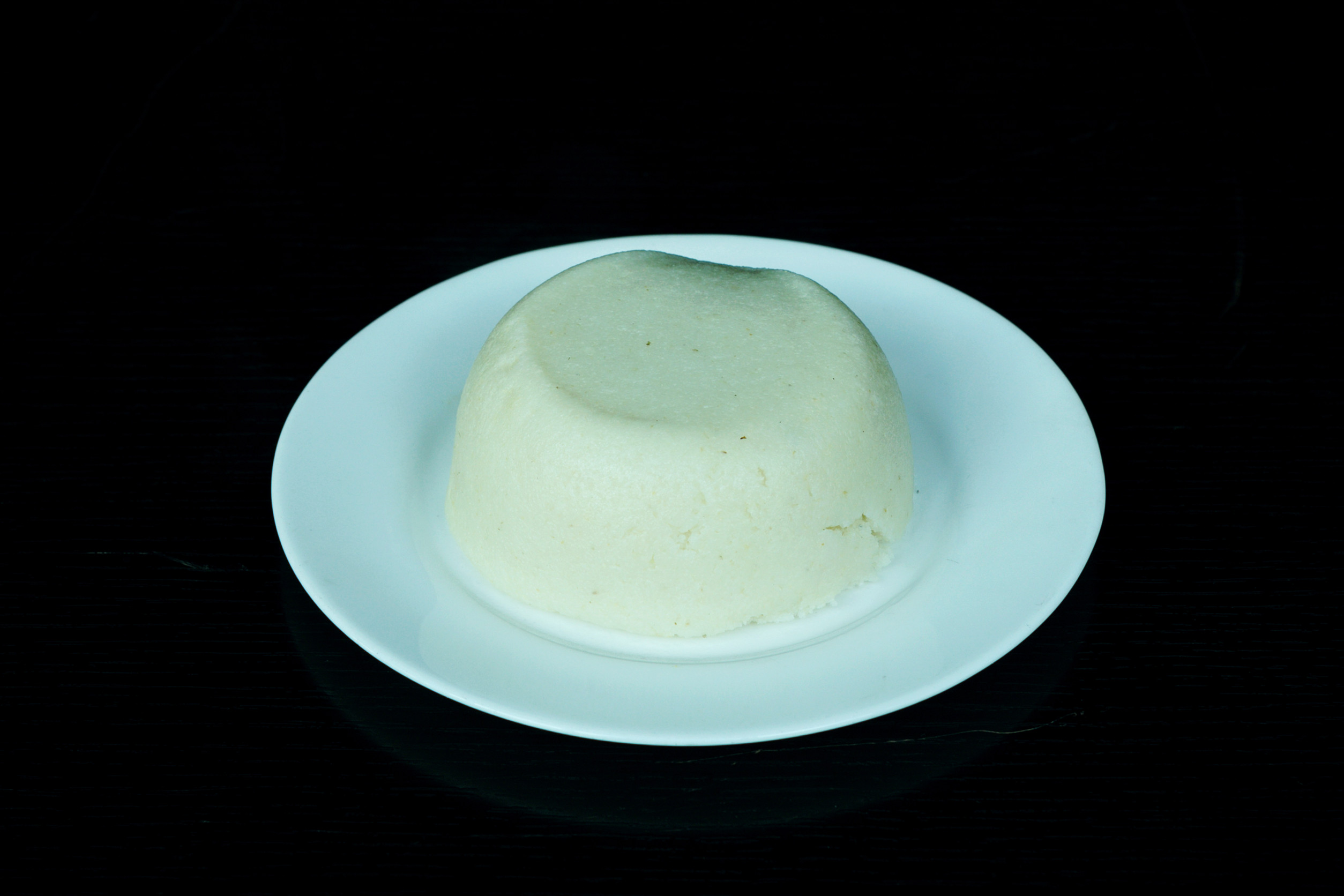
Ugali is the most common staple food consumed in Tanzania, made by mixing maize flour and hot water until a thick dough consistency is achieved. It's a filling and cheap meal that is highly consumed across the country. Ugali is commonly served with numerous side dishes like roasted meat, fish, sukuma wiki (collard greens), or beans. Tanzanians have long eaten ugali with their hands, rolling it into small balls to use as spoons to scoop up stews or sauces, and it is a mainstay in the country's food culture.
2. Nyama Choma (Grilled Meat)
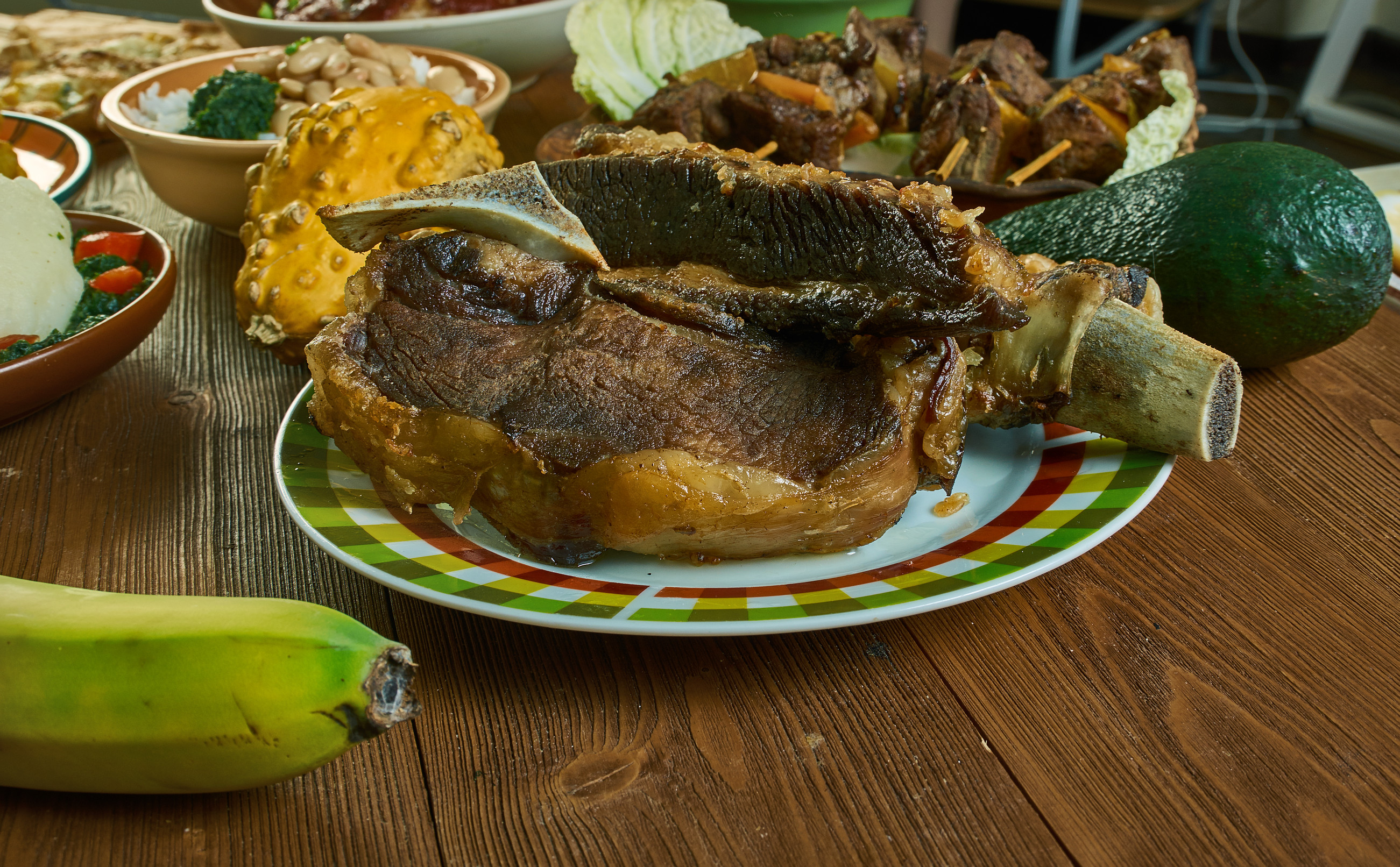
Nyama Choma, which translates to "grilled meat" in Swahili, is Tanzania's most loved dish. The dish is normally made from goat or beef, but chicken and fish are also employed to prepare variations of the dish. The meat is cooked over charcoal slowly, and this results in a meat that has a rich taste and a crispy exterior and soft interior.
Nyama Choma is served most deliciously hot and freshly grilled, often with kachumbari, a refreshing tomato and onion salad, and a side of ugali or roasted plantains. It is a popular party meal, often accompanied by a cold drink and served among friends and family in Tanzania's street restaurants and barbecue joints.
3. Pilau
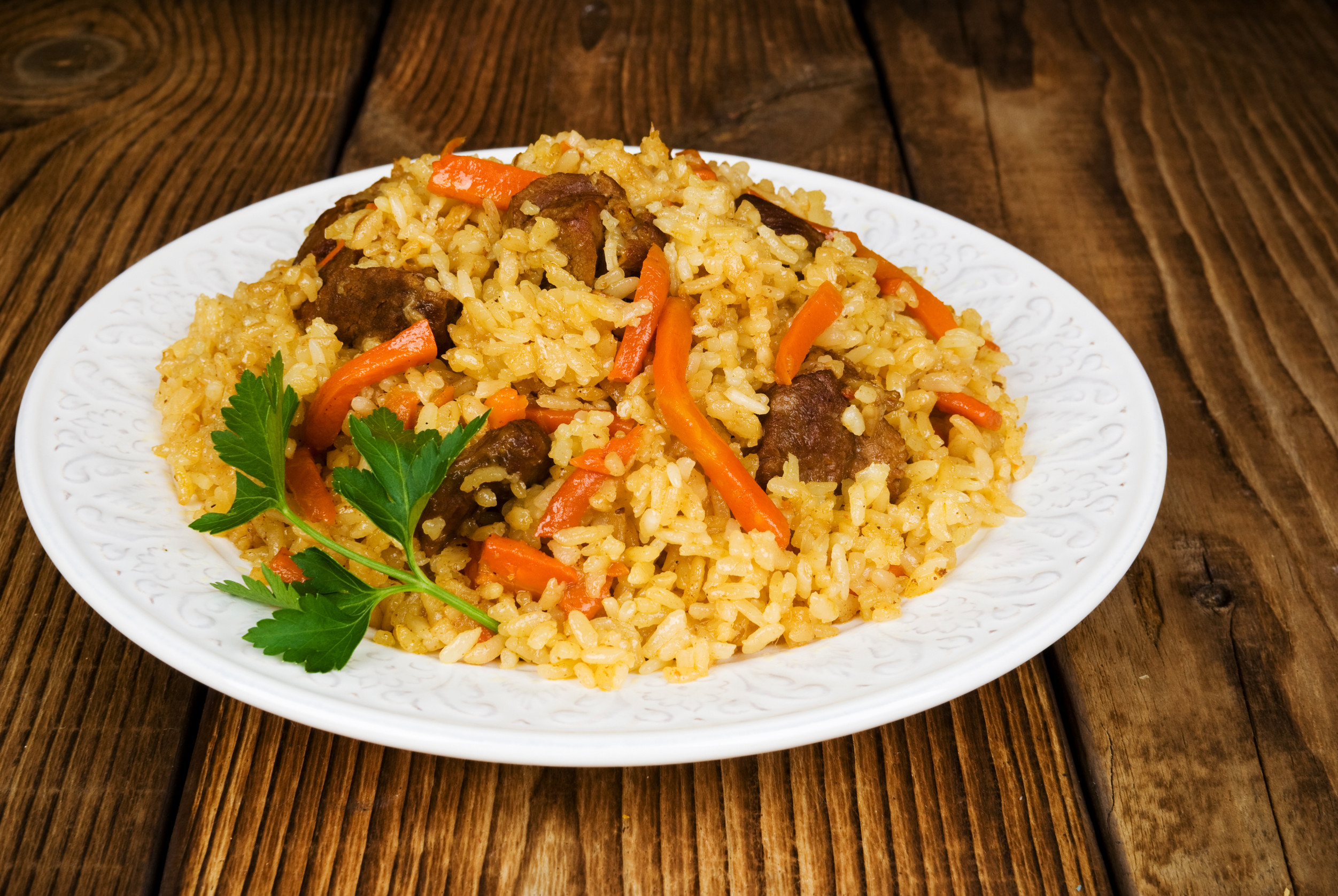
Pilau is spiced and scented rice that testifies to Tanzania's historical impact of Indian and Arabic cuisine. Pilau is prepared by boiling rice in a mix of aromatic spices such as cinnamon, cardamom, cloves, cumin, and black pepper, which give it a rich and meaty taste.
Pilau can be made with chicken, beef, goat, or even seafood, though there are also vegetarian pilaus made with vegetables and potatoes. Pilau is typically saved for special occasions such as weddings, festive holidays, and family gatherings. Pilau differs from biryani in that the rice and spices are both cooked together so that the flavors blend together in harmony. It is best served with a side of kachumbari or a cold yogurt sauce.
4. Biryani
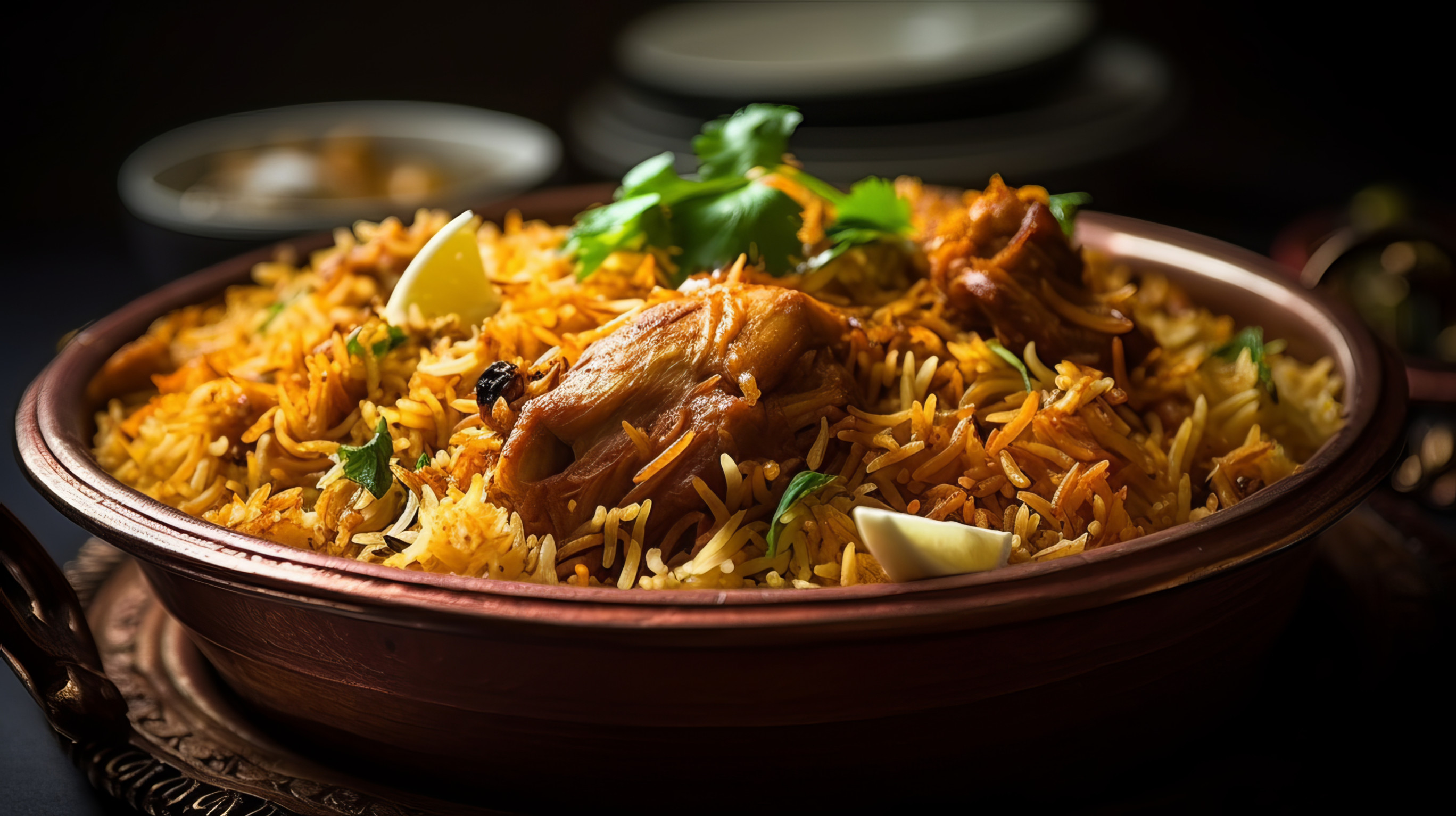
Biryani is a rich and aromatic rice dish that shares similarities with pilau but is more complex in preparation and flavor. Unlike pilau, where the rice and spices cook together, biryani is made by layering spiced rice with marinated meat, typically chicken, beef, or goat. The dish is infused with warm spices such as cinnamon, cardamom, cloves, and nutmeg, and is often enhanced with coconut milk, which adds a creamy depth to the flavor.
Biryani is especially popular in Zanzibar and coastal regions, where Indian and Swahili culinary influences blend seamlessly. It is a festive dish, commonly enjoyed during celebrations, weddings, and holidays. It is usually served with kachumbari, spiced sauces, or raita (a cooling yogurt-based side dish) to balance its bold flavors.
5. Chipsi Mayai (French Fries Omelet)
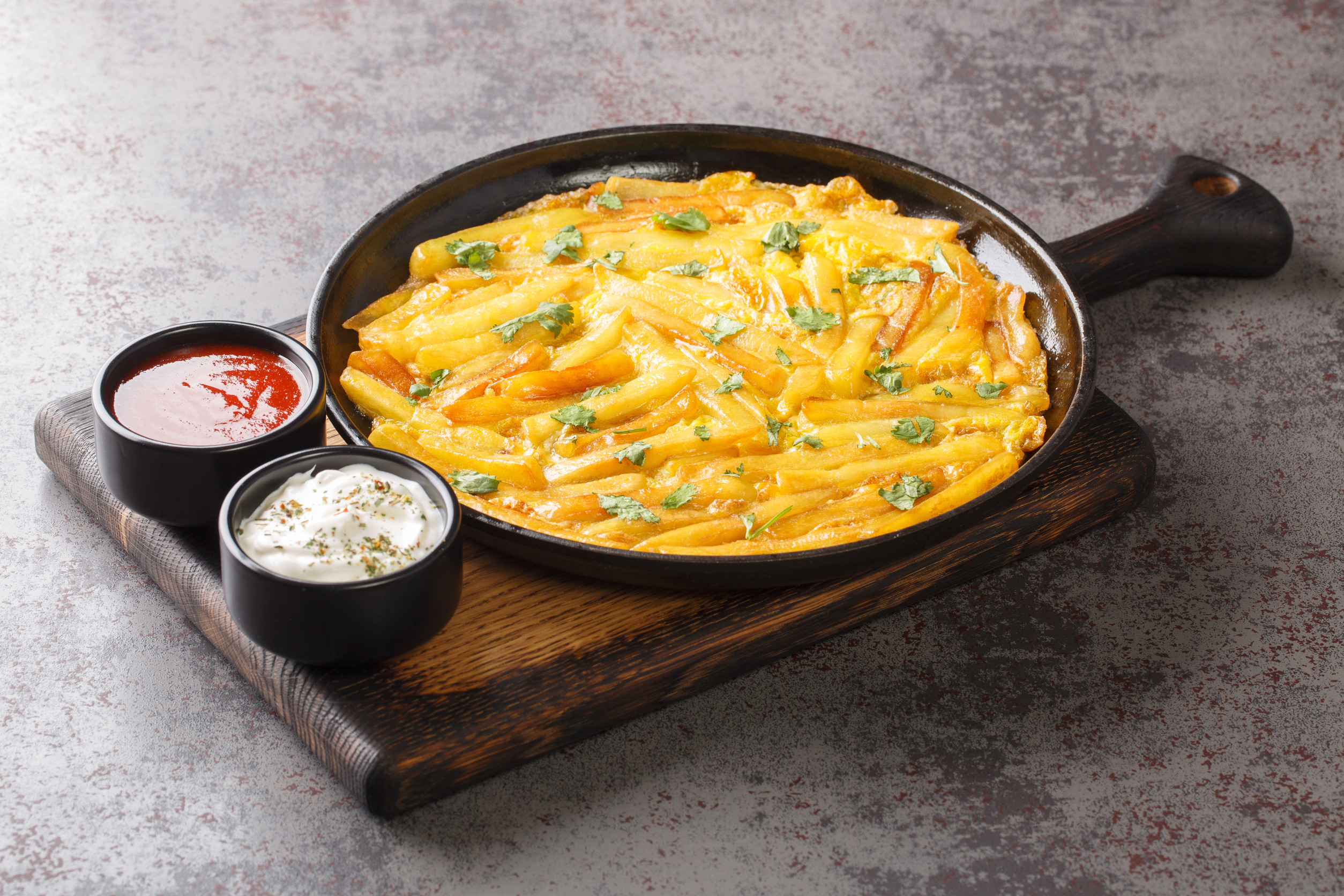
Chipsi Mayai, "chips and eggs" in Swahili, is one of Tanzania's most beloved street foods. It is a simple but satisfying meal, which consists of French fries fried inside a beaten egg to make a thick omelet. It is often made on demand, so that it turns out crispy and airy.
Usually served with kachumbari (raw tomato and onion salad) and hot sauce, Chipsi Mayai is a favorite among locals because it is cheap and tastes wonderful. It is easily found at roadside food stalls and should be eaten as a fast snack or as a light meal. Most Tanzanians pair it with a cold soda or glass of spiced tea.
6. Mshikaki (Skewered Meat)
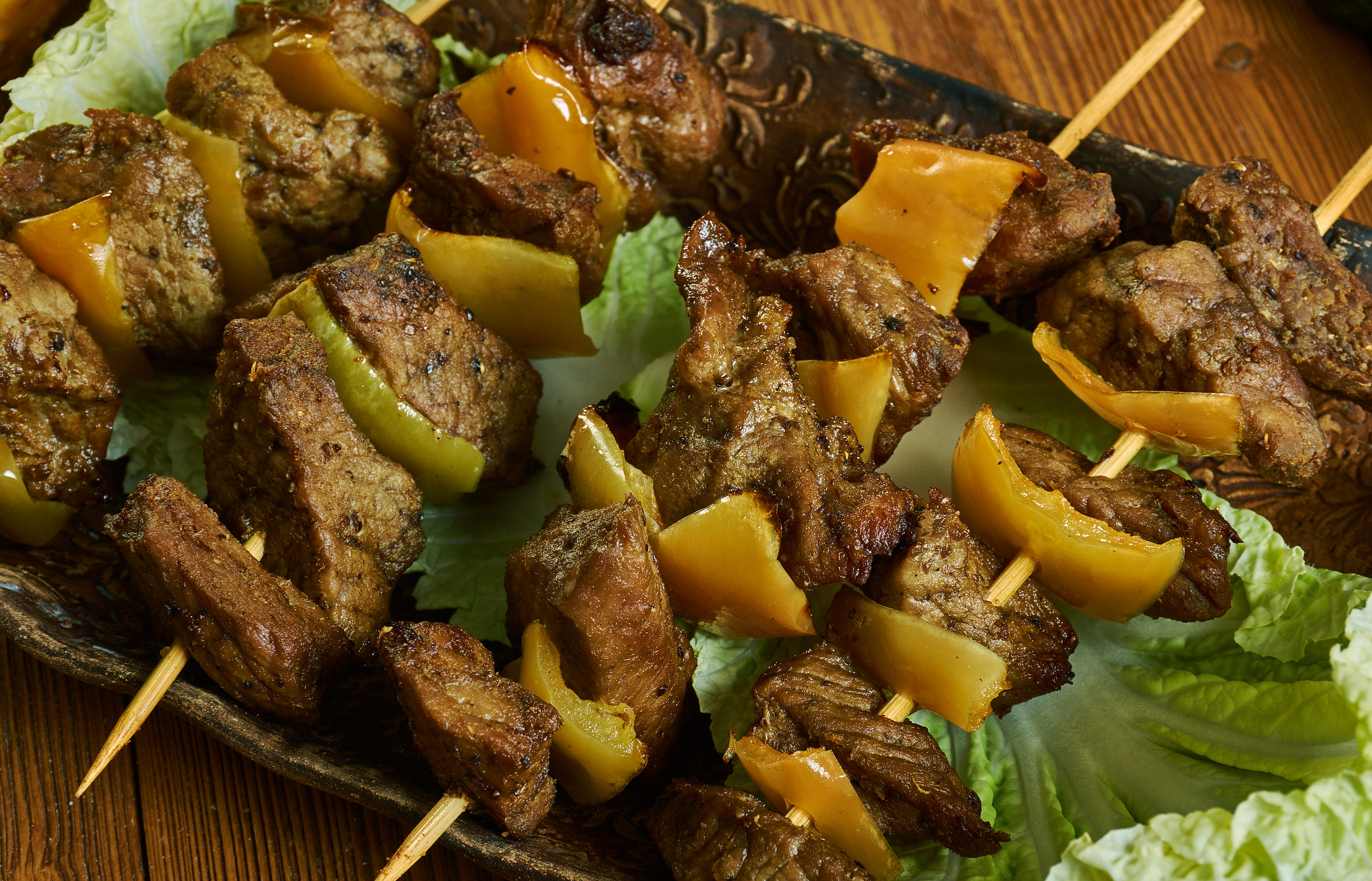
Mshikaki are meat skewers that are marinated, savory, and typically made with beef, goat, or sometimes chicken, and grilled over an open flame. The meat is marinated for a few hours in a combination of spices, garlic, ginger, and citrus juice, which tenderizes the meat and gives it depth of flavor.
A popular street food and late-night snack, Mshikaki is widely retailed by grill vendors in urban centers and roadside stalls. It is best consumed hot off the grill, often served with spicy sauces, a chapati accompaniment, or roasted plantains. The smoky flavor and juicy texture make it a Tanzanian meat lover's delight.
7. Samaki wa Kupaka (Coconut Fish)
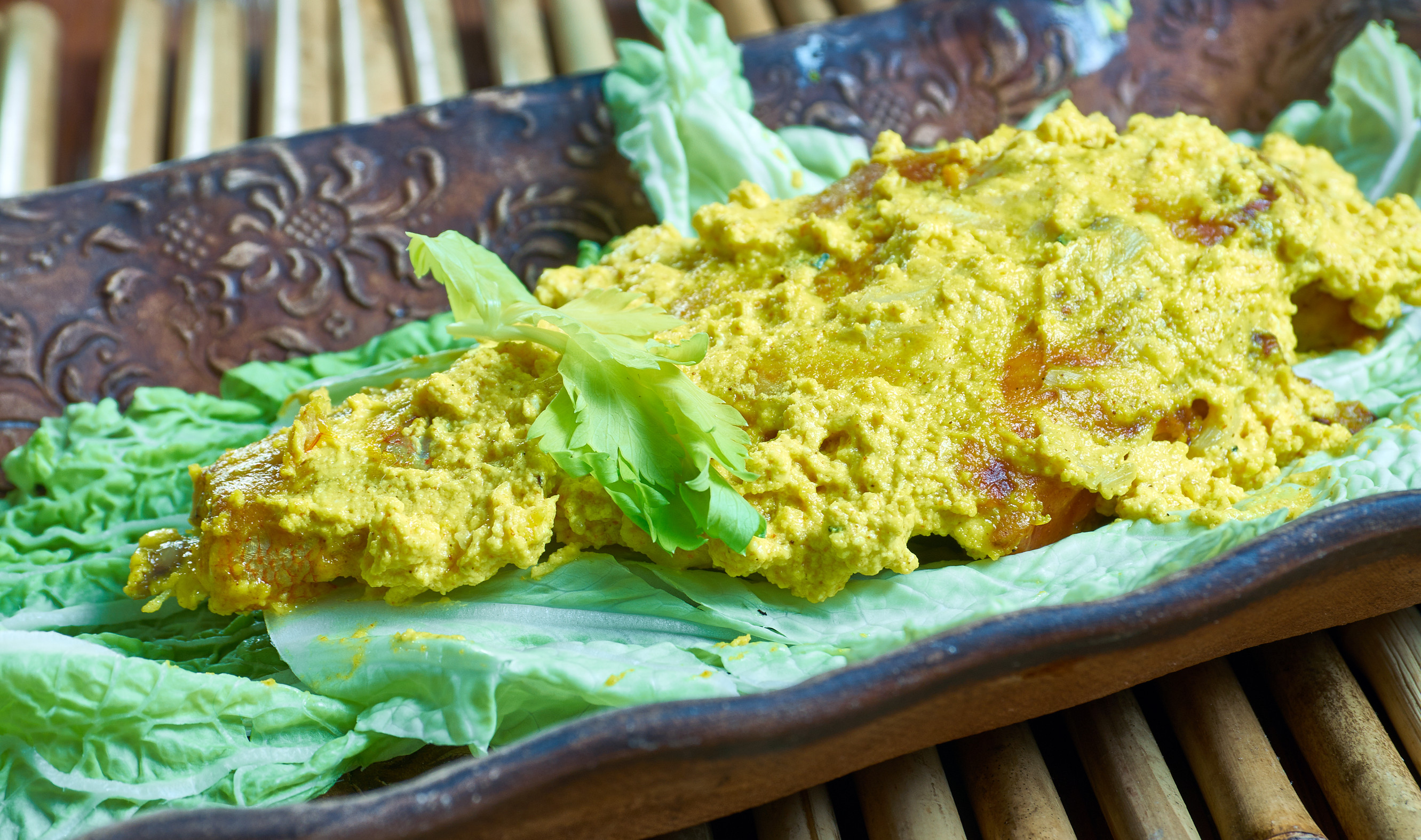
Samaki wa Kupaka, meaning “fish in sauce”, is a delicious coastal dish that features grilled or fried fish covered in a rich, creamy coconut sauce. The sauce is made with coconut milk, garlic, ginger, lime juice, and a mix of spices such as turmeric and chili, creating a flavorful balance of sweet, tangy, and mildly spicy notes.
This dish is especially popular in Zanzibar and Dar es Salaam, where fresh seafood is abundant. It is traditionally served with rice, chapati, or ugali, making it a satisfying meal. The aromatic coconut sauce enhances the taste of the fish, making Samaki wa Kupaka a must-try dish for seafood lovers visiting Tanzania.
8. Zanzibar Pizza
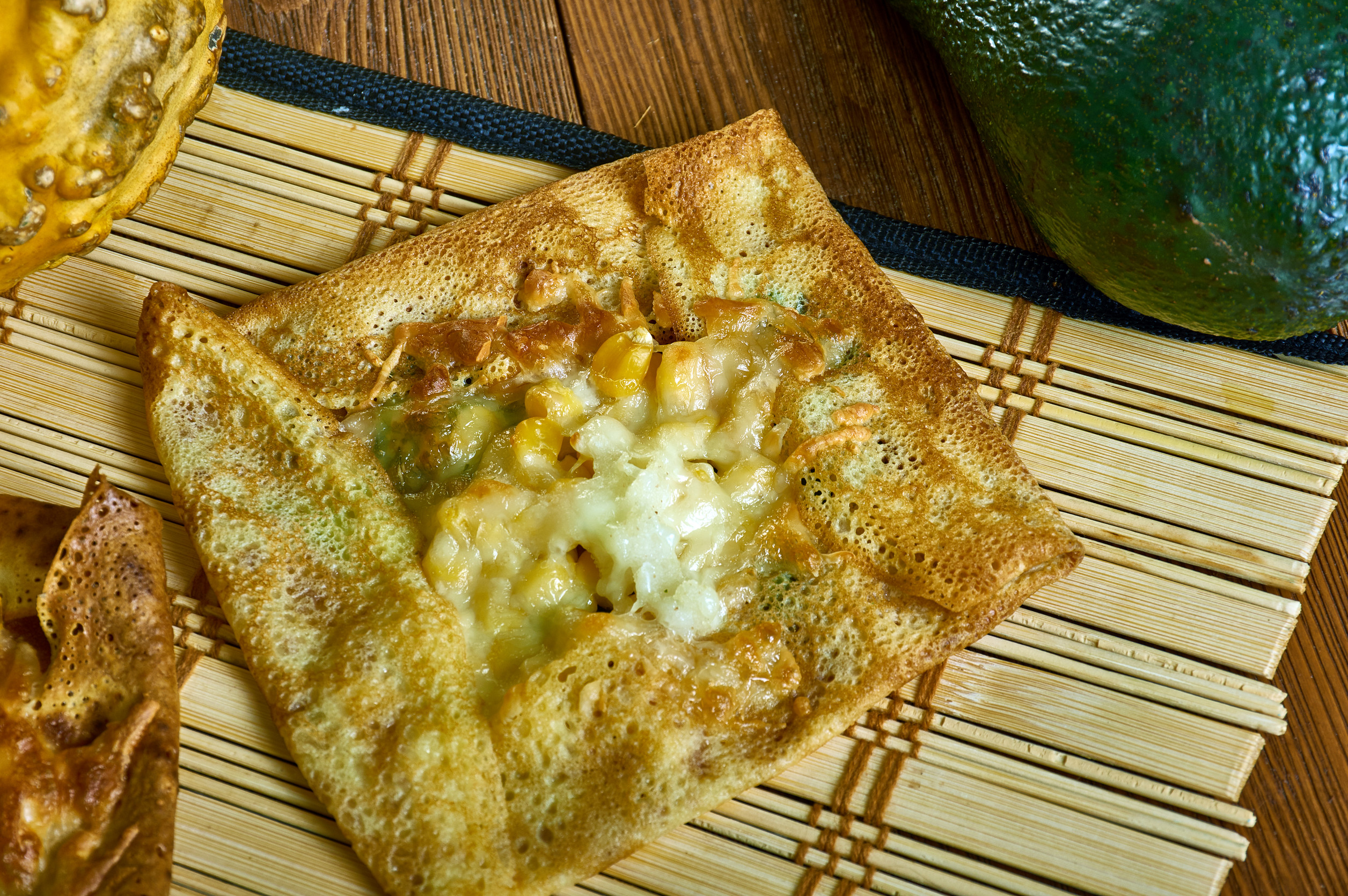
Zanzibar Pizza is a flavorful and distinctive street food that is predominantly available in Zanzibar's busy night markets, including Forodhani Gardens in Stone Town. This pizza is different from the conventional one in that it is a thin parcel of dough stuffed with a combination of ingredients, then fried on a griddle in a pan until crispy and golden.
The savory version typically contains minced meat (chicken, beef, or seafood), onions, peppers, cheese, eggs, and mayonnaise inside the dough. Sweet versions containing banana, mango, chocolate, or Nutella fillings also exist, so it can be had as a snack or a dessert.
Zanzibar Pizza is a must-try for visitors who would like to experience the fusion of Swahili, Indian, and Arabic flavors that define Zanzibari food. It's best enjoyed fresh, straight from the hot griddle.
9. Supu ya Ndizi (Banana Soup)
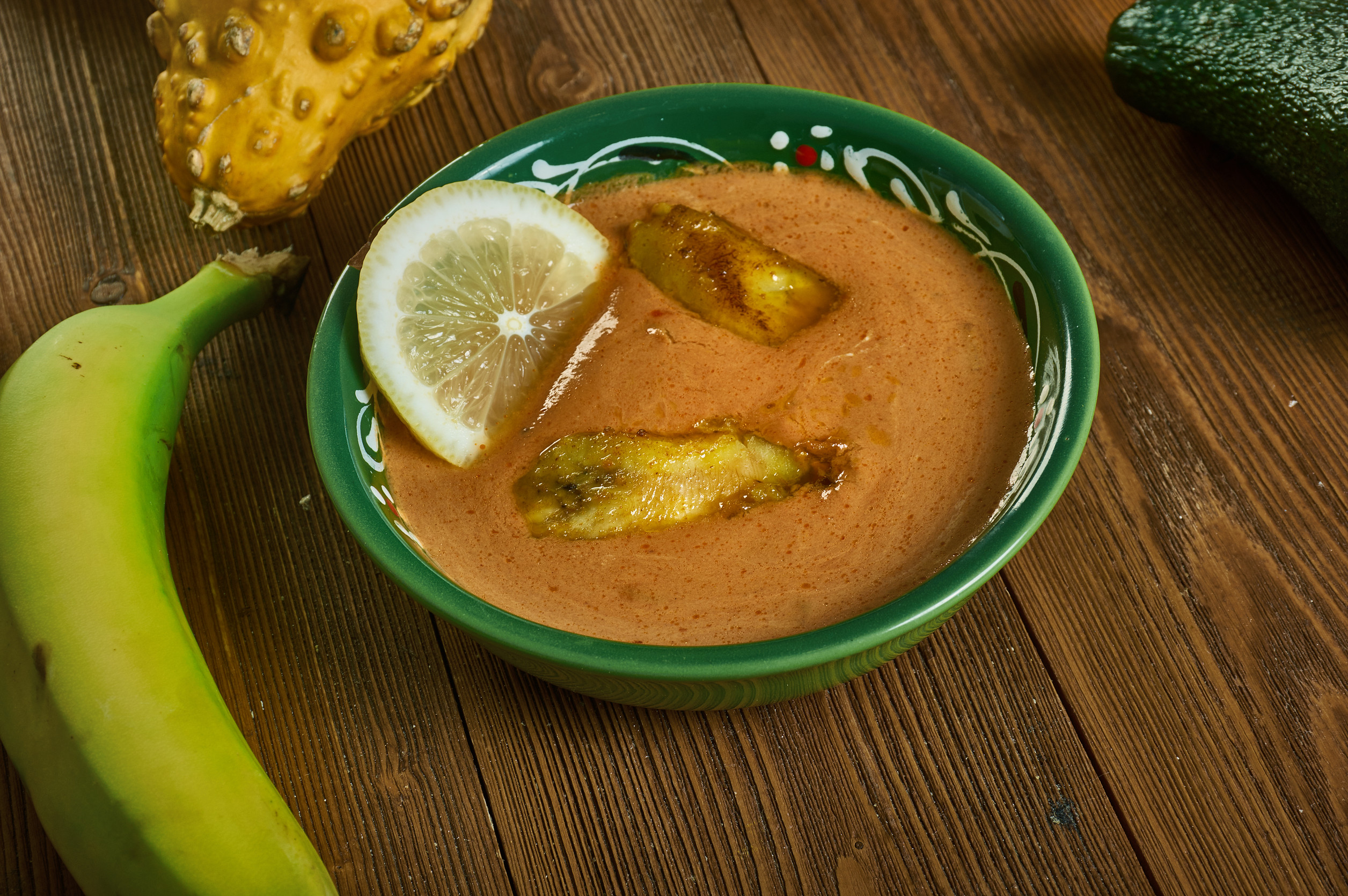
Supu ya Ndizi is a local Tanzanian dish, especially common in the northern region, for example, Kilimanjaro and Arusha. Unlike sweet dishes prepared using bananas, this soup is a savory one made from green (unripe) bananas, which have a starchy texture similar to potatoes.
The bananas are cooked with beef or chicken, and then blended with coconut milk, onions, garlic, and spices such as cardamom and cumin to make it thick and creamy. In certain versions, peanuts or vegetables are also added for additional flavor.
This nourishing and satisfying stew is commonly eaten as a filling meal, especially during cold weather or after a long day of physical work. It illustrates Tanzania's rich gastronomic variety because it blends local produce with coastal tastes like coconut milk.
10. Wali wa Nazi (Coconut Rice)
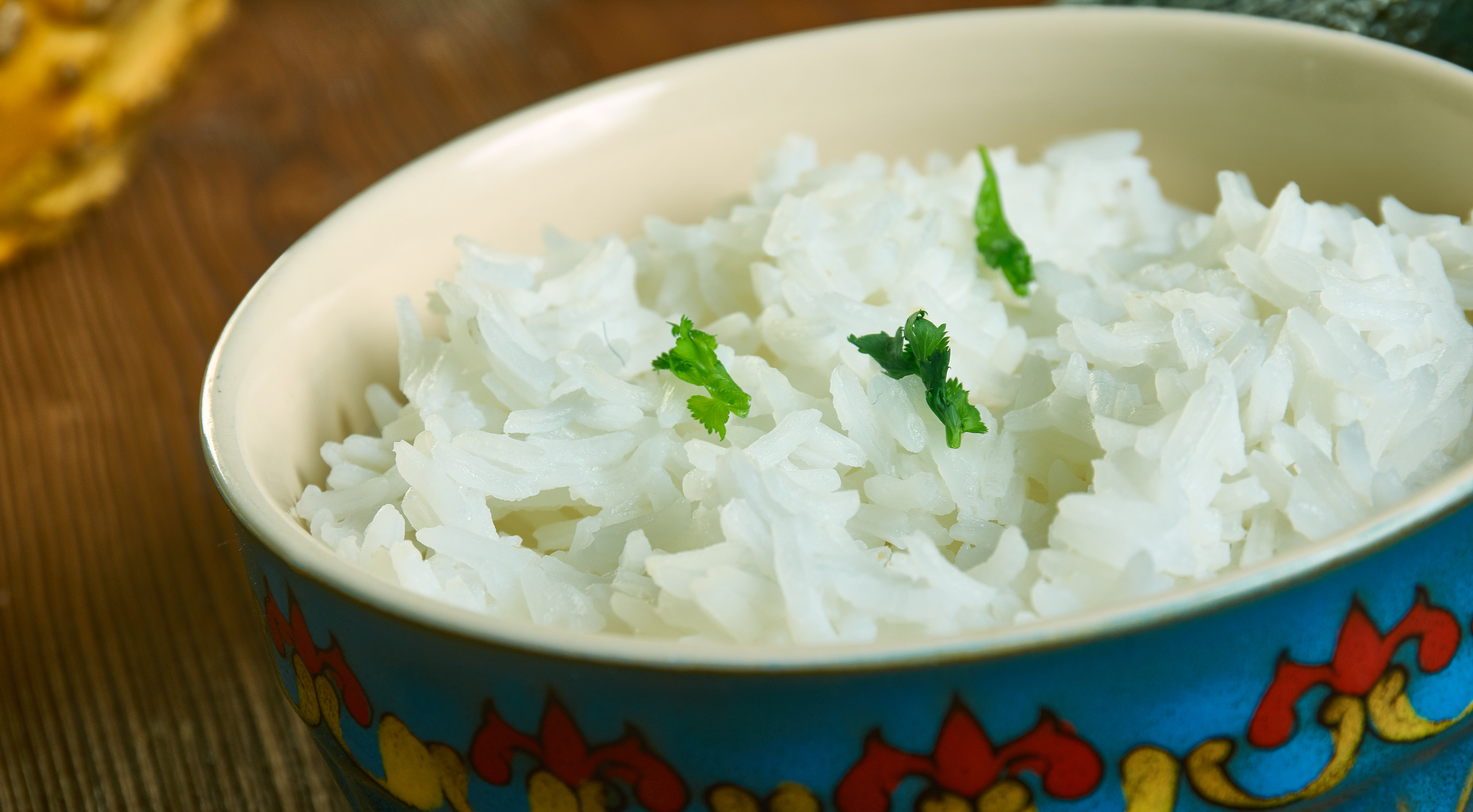
Wali wa Nazi is a staple dish in Tanzanian coastal cuisine, known for its rich, creamy texture and subtle sweetness. It is made by cooking rice with fresh coconut milk, which enhances the flavor and gives it a soft, fragrant aroma.
This dish is popular in Zanzibar and along Tanzania’s coast, where coconuts are abundant. It is commonly served as a side dish to complement curries, grilled fish, or stews, balancing the bold spices with its mild, coconut-infused taste.
Wali wa Nazi is a must-try for visitors looking to experience the fusion of Swahili, Indian, and Arabic influences in Tanzanian cuisine. It pairs especially well with spicy or saucy dishes, making it a favorite in both home cooking and restaurant menus.
11. Makande (Corn and Beans Stew)
Makande is a Tanzanian comfort food, made by slow-cooking maize (corn) and beans together with onions, tomatoes, and spices. This stew is a staple in most rural households, valued for its high energy content and nutritional value.
The combination of bean protein and maize carbohydrates renders it a filling and complete meal, popular with farmers, students, and people with busy lives. Some variations include the addition of coconut milk or leafy greens to provide it with extra flavor and texture.
Makande is a legend of Tanzanian home cuisine, and it offers a modest but satisfying taste of local food culture. It's a great choice for visitors who would want to try authentic, everyday Tanzanian cuisine.
12. Vitumbua (Coconut Rice Pancakes)
Vitumbua are soft and fluffy pancakes prepared using rice flour, coconut milk, and sugar and have a mildly sweet and fragrant taste. Round and bite-sized, they have a crunchy outer layer and a soft cake-like texture inside, making them a favorite breakfast food or afternoon snack.
They are well-liked all over Tanzania, especially in coastal and Swahili communities, where coconut dishes are a preference. Often enjoyed with tea or coffee, vitumbua are a common fixture in local markets and street food stalls. Certain recipes include a hint of cardamom or nutmeg for extra flavor.
These delicious pancakes offer a glimpse into Tanzania's multicultural culinary past, bringing together African and Indian flavors into an easy yet delicious snack.
13. Kaimati (Sweet Dumplings)
Kaimati are small dough balls deep-fried until they are crunchy on the outside and soft on the inside. Fried until golden brown, they are then dipped in a sweet syrup of sugar, rendering them sticky and glossy.
These tasty dumplings are especially cherished along the Tanzania coast and in Zanzibar, where they are very commonly served at Ramadan as a festive treat to break the fast. Kaimati are typically seasoned with vanilla or cardamom, giving a subtle warmth to their sweetness.
They are hawked and sold in local markets and therefore are an easily accessible and common snack. Eaten as dessert or tea-time snack, kaimati are an ideal embodiment of Tanzania's rich Swahili food culture.
14. Uji (Tanzanian Porridge)
Uji is a nutritious and warming porridge commonly eaten for breakfast in Tanzania. Made from millet or maize flour, it is slowly cooked with water or milk until it reaches a smooth, creamy consistency.
To enhance its flavor and health benefits, uji is often sweetened with sugar or honey and infused with cinnamon, ginger, or cardamom. It is typically served hot, making it a comforting meal, especially on cool mornings.
Rich in fiber and essential nutrients, uji is a staple for children and adults alike. Some variations include adding groundnuts (peanuts) or coconut milk, creating a richer and more filling dish. Whether enjoyed at home or bought from street vendors, uji remains a beloved traditional breakfast in Tanzania.
15. Mandazi (Swahili Doughnuts)

Mandazi are puffed fried dough snacks and a Tanzanian and Swahili favorite. They are not as sweet as doughnuts but rather sweet and with a hint of cardamom or coconut.
These golden brown goodies are typically eaten for breakfast or as a snack, typically with tea (chai) or coffee. They can be served plain, dusting with sugar, or even dipped into honey or jam for extra sweetness.
Mandazi are a staple in Tanzanian households, street food vendors, and bakeries. The soft interior and crispy exterior of the fried doughnuts make them a warm and comforting snack, perfect for indulging in alone or sharing with friends and family.